Inflammation is the cause of a lot of ills and ailments. Many people will do their best to try and convince you that you need to spend a lot of money to fix it. But what is inflammation? How is it caused? And how can you fix it?
What is inflammation?
Inflammation is a natural process of the body. It’s the body’s natural defence system, sending a rush of white blood cells to an area that needs healing. Arteries in the area enlarge, supplying extra blood flow to the area. Capillaries become easier to infiltrate so proteins and fluids move between blood and cells. The body releases neutrophils, a white blood cell that contain enzymes and digest micro-organisms. This rush of blood removes harmful stimuli and encourages healing.
In a skin wound, the symptoms of inflammation start off with heat, pain, redness and swelling in the area. The area is painful as naturally- occurring chemicals are stimulated in the nerve endings, making the area more sensitive. The redness, heat and swelling is due to higher blood flow to the area. Then as a by-product of the wound healing process, pus is discharged. Then, new tissue is formed.
Internally, inflammation is less noticeable. Some organs don’t have nerve endings nearby, so the classic signs of pain may not exist. As a result, symptoms of chronic inflammation may present as fatigue, mouth sores, fever, rash, joint pain, and chest/ abdominal pain.
Is inflammation bad?
Yes, and no. There are two types of inflammation: acute, and chronic. Acute inflammation is caused by injury or bacteria, it’s rapid and lasts a few days, designed to trigger repair of the area. Acute inflammation is positive. It’s the sign the body is working to heal itself- anything from a papercut to a sprained ankle. If we didn’t have inflammation, then no wounds would ever heal, so it’s an incredibly important function.
Chronic inflammation is when pathogens are unable to be broken down and eliminated. This becomes a problem because inflammation is then triggered over and over again. This is when inflammation damages the body instead of healing it. This is the primary way autoimmune diseases like rheumatoid arthritis work- when normal, healthy tissue is mistaken for a disease-causing pathogen and the body attacks itself. This can include Crohn’s disease, asthma and so much more.
Chronic, low-level inflammation is linked to a number of ailments, from type 2 diabetes to heart disease, Alzheimer’s to cancer. While correlation doesn’t equal causation, inflammation is implicated in a number of negative body processes.
How can you remove inflammation from your body?
There are a range of common treatments for inflammation. Anti-inflammatory drugs can help to alleviate the pain by counteracting an enzyme that contributes to inflammation. These are effective in the short term but can be problematic and are not recommend for long term use in most cases.
Cortisols are steroid hormones. They work by preventing a number of the processes involved in inflammation. Once again, these can cause negative side effects and may not be for everyone.
However, there is evidence to suggest that diet can help to reduce the risk of inflammation. The most powerful tools to combat inflammation may be available in the vegetable and fruit aisle.
How does diet help inflammation?
Some foods reduce inflammatory proteins in the blood. These foods generally include a range of healthy greens and other high-nutrition foods. This pattern of eating helps to reduce weight and lower bad cholesterol. Of course, this confounds the result of any study- is the improved health lowering inflammation, or the foods targeting and lessening inflammation themselves? Either way, it’s a great idea to eat foods that are theorised to lower inflammation.
These foods contain chemicals that reduce inflammatory responses. They also provide increased antioxidants that attack free radicals. These free radicals are chemicals that cause cell damage and can increase risk of disease.
Other foods can cause inflammation through allergies or toxins. Your body can see these foods as foreign invaders which creates an inflammatory response -mast cells and macrophages-to eliminate the intruder.
Balance of nutrients is important. An example of mineral balance is sodium and potassium. Sodium brings in fluids, and potassium flushes toxins. So there has to be a balance of nutrient rich anti-inflammatory foods in order for balance.
What illnesses can be helped with an anti-inflammatory diet?
While there are a long list of conditions that can be helped with a change in diet, this is not a guarantee. Because the diet also helps with weight loss and lowers cholesterol, adopting this pattern of eating may also help with other illnesses. Some conditions an anti-inflammatory diet helps with include rheumatoid arthritis, psoriasis, asthma, Crohn’s disease, IBS (inflammatory bowel syndrome), diabetes, heart disease, Hashimoto’s disease, and eosinophilic esophagitis. A low inflammation diet has also been linked to a lower risk of some cancers including colorectal cancer.
To find out which foods you need to eat- and which ones you need to avoid- to stay healthy, read this article about the 15 types of allergens within food; https://www.safefoodpro.co.nz/allergens
People need to rethink their diets in order to create better health outcomes. The way that easily accessed foods of convenience dominate our lives is creating health problems that will continue into the next generation unless we start to change our eating habits.
Matthew Chalk


